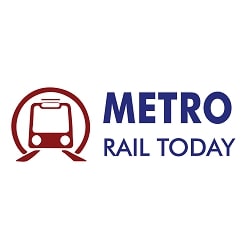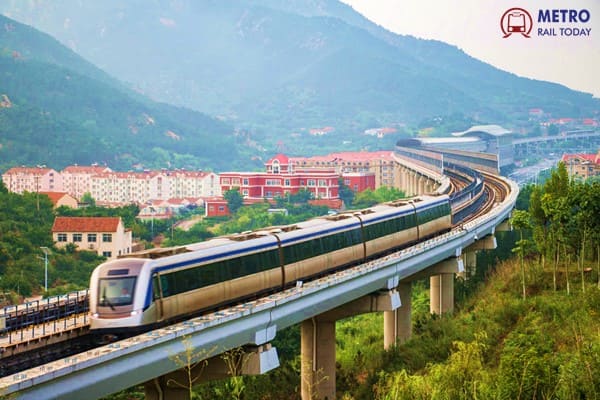 Bhubaneswar Metro receives 22 bids for Phulapokhari Depot Construction Contract
Bhubaneswar Metro receives 22 bids for Phulapokhari Depot Construction Contract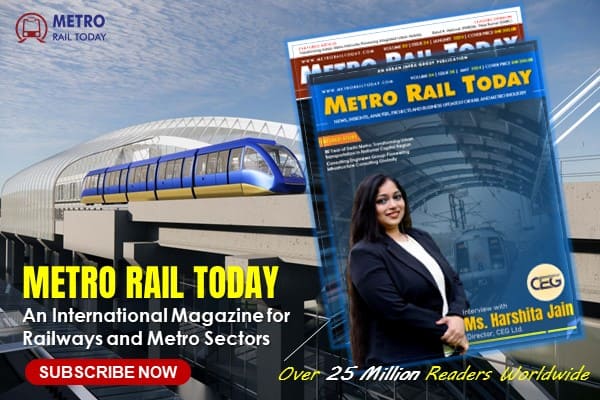 Metro Rail Today - May 2024
Metro Rail Today - May 2024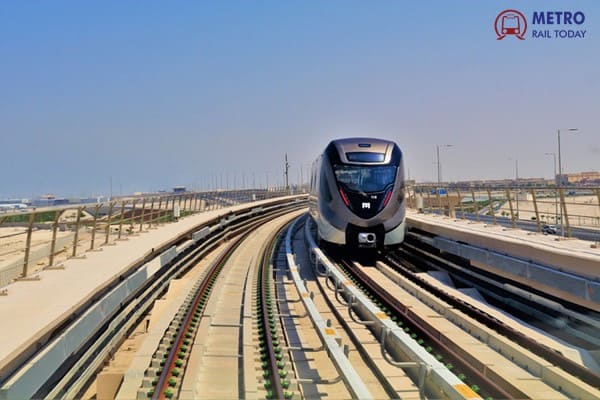 The New £18 Billion Riyadh Metro: A Giant Leap Towards Modernity
The New £18 Billion Riyadh Metro: A Giant Leap Towards Modernity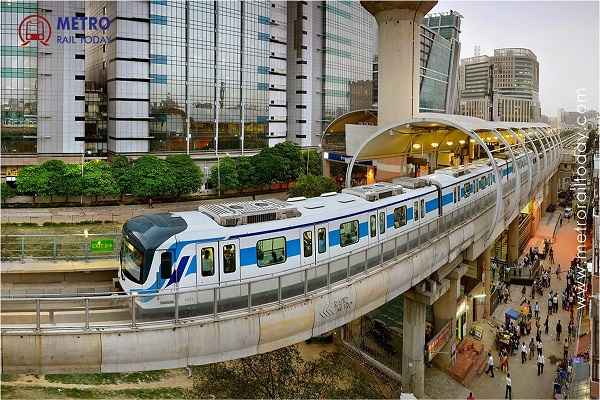 Tender floated to appoint General Consultants for ₹5,452 crore Gurugram Metro Extn Project
Tender floated to appoint General Consultants for ₹5,452 crore Gurugram Metro Extn Project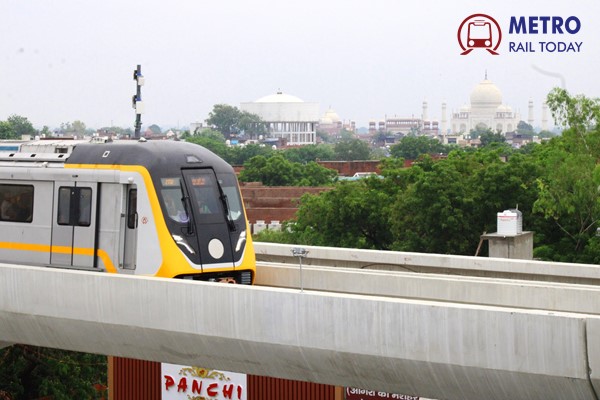 TBM Shivaji achieves tunnel breakthrough at RBS College for Agra Metro Rail Project
TBM Shivaji achieves tunnel breakthrough at RBS College for Agra Metro Rail Project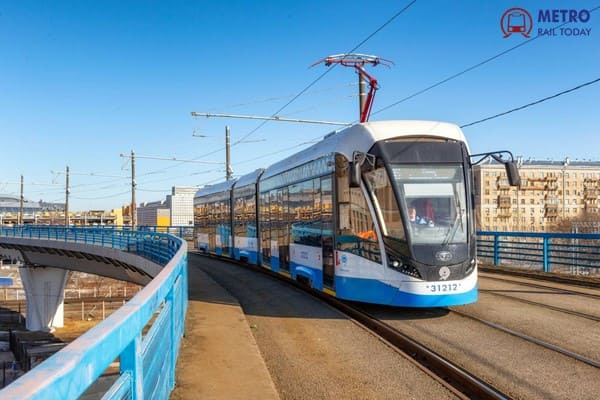 Siemens awarded Eleven-Year Contract worth £44.7mn for Edinburgh Trams Maintenance
Siemens awarded Eleven-Year Contract worth £44.7mn for Edinburgh Trams Maintenance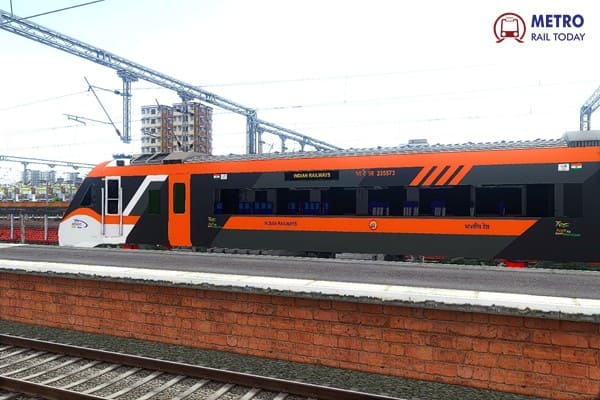 Jindal Stainless supplies stainless steel to India's first Vande Metro train
Jindal Stainless supplies stainless steel to India's first Vande Metro train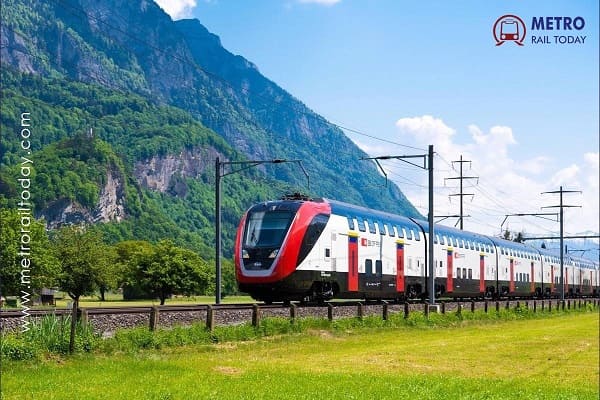 Bengaluru Suburban Rail Project gets ₹2,693 crores boost from European Investment Bank (EIB)
Bengaluru Suburban Rail Project gets ₹2,693 crores boost from European Investment Bank (EIB)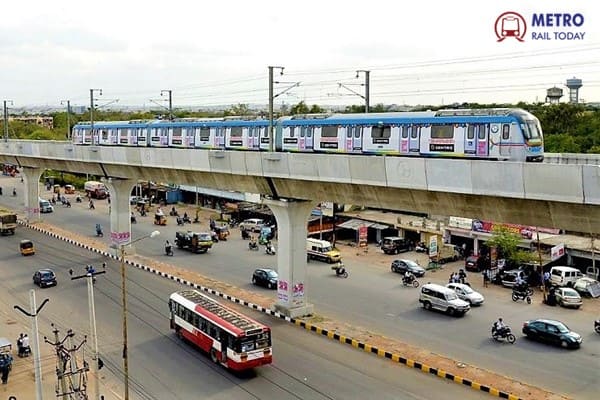 L&T plans to exit from Hyderabad Metro Rail project after FY2025-26
L&T plans to exit from Hyderabad Metro Rail project after FY2025-26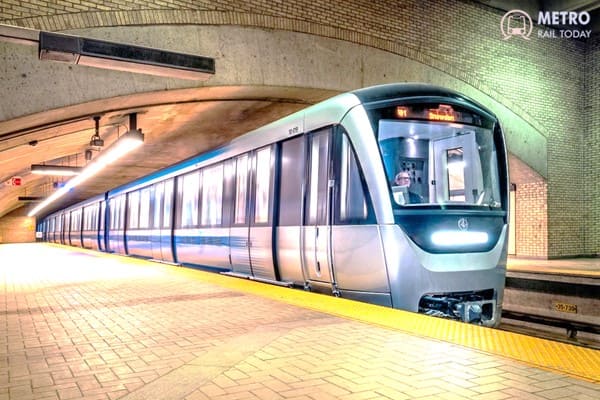 Trial run commences on Egypt’s Cairo Metro Line 3
Trial run commences on Egypt’s Cairo Metro Line 3
Metro Rail Projects in India Struggle to Achieve Projected Ridership
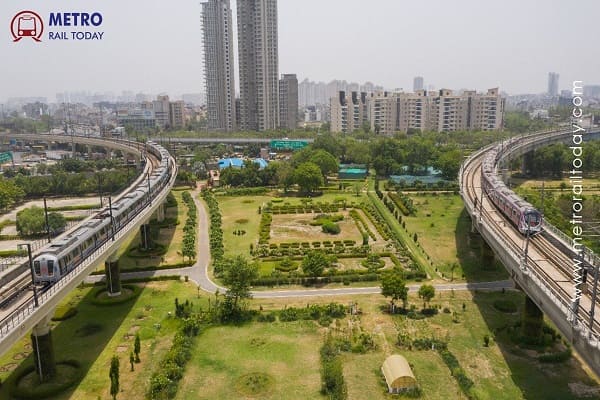
New Delhi, India (Metro Rail Today): In a recent revelation, a joint report by IIT-Delhi and The Infravision Foundation sheds light on the challenges faced by metro rail networks across India, indicating that they are falling significantly short of their projected ridership targets. According to the report titled 'A Framework for selecting an Appropriate Urban Transport System in Indian Cities,' the ridership on most metro rail systems in the country hovers around 25-30 percent of the projected figures outlined in the Detailed Project Report (DPR).
Delhi Metro Bucks the Trend
The report underscores that the only exception to this trend is the Delhi metro, which manages to achieve a ridership equal to 47.45 percent of its projected figures. This revelation raises concerns about the overall effectiveness of metro rail projects in the country, considering that benefits and revenue generation are intricately tied to actual ridership.
Impact on Benefits and Revenue
"Metro systems operating in India have 25-35 percent projected ridership. Since all benefits and revenue generation are dependent on the actual ridership, none of the systems have achieved the estimated benefits at the time of approval of the project," states the report.
Extensive Network, Limited Success
Despite the significant expansion of metro networks in India, with over 15 cities having operational networks totaling 905 kilometers, the majority of these systems have failed to meet their ridership targets. This includes almost 600 miles approved in the last nine years for Kanpur, Surat, Ahmedabad, Bhopal, Indore, Agra, Patna, Kochi, Pune, Nagpur, and Lucknow, among other cities. The report notes that even the Delhi Metro Rail Corporation (DMRC), boasting India's largest metro network, struggles with less than 50 percent of the projected ridership.
Expert Commentary
Geetam Tiwari, a professor at IIT-Delhi and co-author of the report, highlighted the critical role of projected ridership in estimating benefits and calculating the economic rate of return. "The break-even ridership is the number of riders required to cover the operating expenses. Projected ridership is critical for reaping the maximum benefits and justifying the project's expense," explained Tiwari.
Parliamentary Panel Raises Concerns
The issue of low ridership in metro rail networks was also raised by the Parliamentary Panel on Housing and Urban Affairs in its report tabled in July 2022. The panel pointed out that the average daily ridership of the Delhi metro in 2020-21 was 5.06 million, exceeding the 3.84 million required for the DMRC to break even.
DMRC's Response
In response to the findings, DMRC officials emphasized that the Delhi Metro has already met the ridership target needed for a mass transit system in Delhi. "On weekdays, DMRC serves approximately 6.7 million passenger journeys — it has already exceeded the projected figures in the DPR. There have been some setbacks due to Covid-19, but passenger journeys are picking up now," stated a DMRC representative.
Call for a Comprehensive Approach
Beyond metro rail projects, the report advocates for a robust and reliable public bus transport system in all cities. It emphasizes that, regardless of extensive metro connectivity, the daily commute for most city dwellers is "less than 10 km in length, regardless of densities and incomes." The report calls for an assessment of work-related travel patterns based on population, area, and income to accurately gauge the demand for public transportation.
Rethinking Metro Rail Projects
In conclusion, the report underscores the need for a comprehensive reevaluation of metro rail projects in India, urging a closer look at ridership projections and their actualization. It highlights the Delhi metro as a notable exception, raising questions about the efficacy of other metro systems across the country. The emphasis on a robust public bus transport system suggests a holistic approach to address the commuting needs of city dwellers, aligning with the daily travel patterns of a significant portion of the population.




